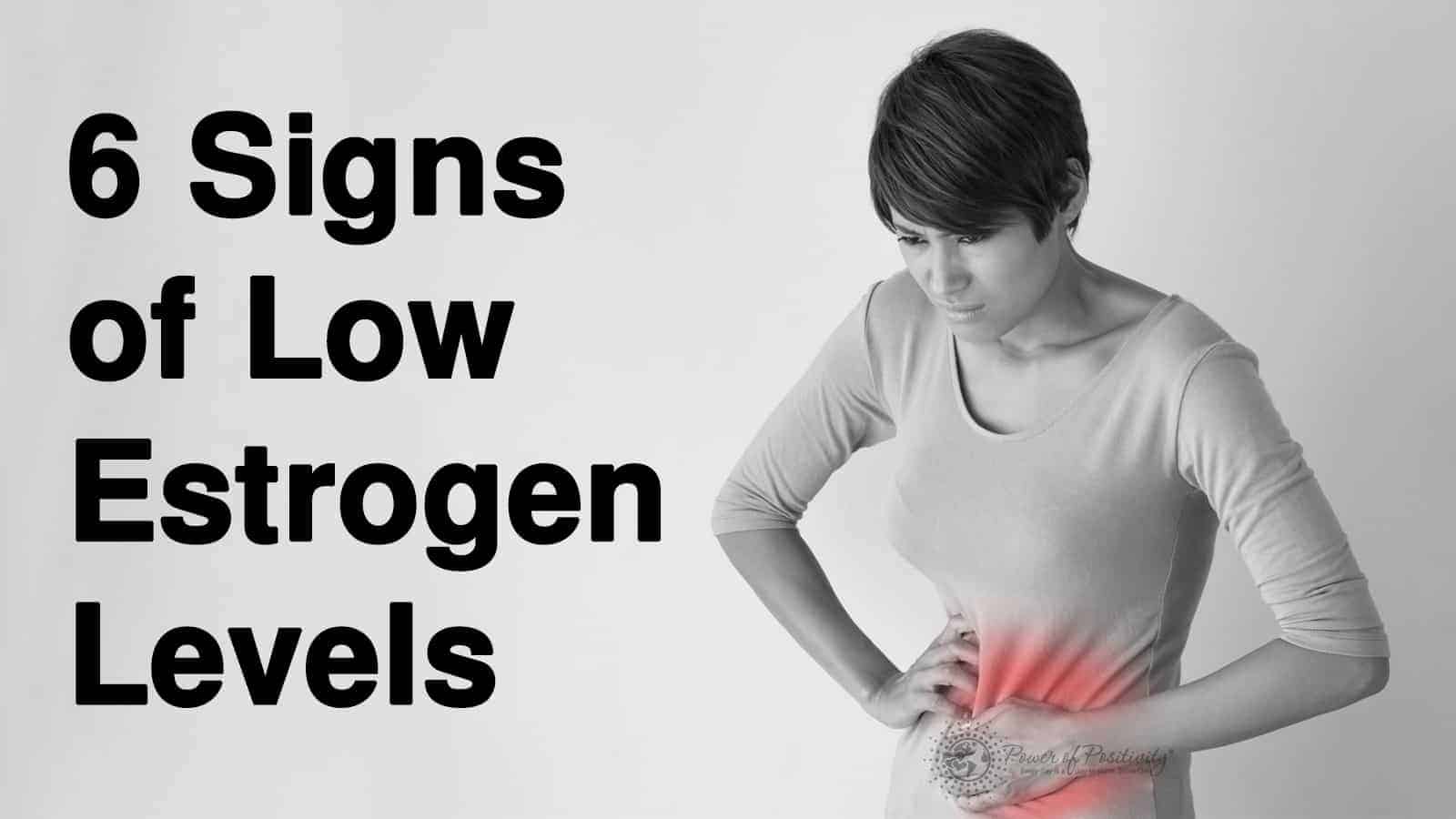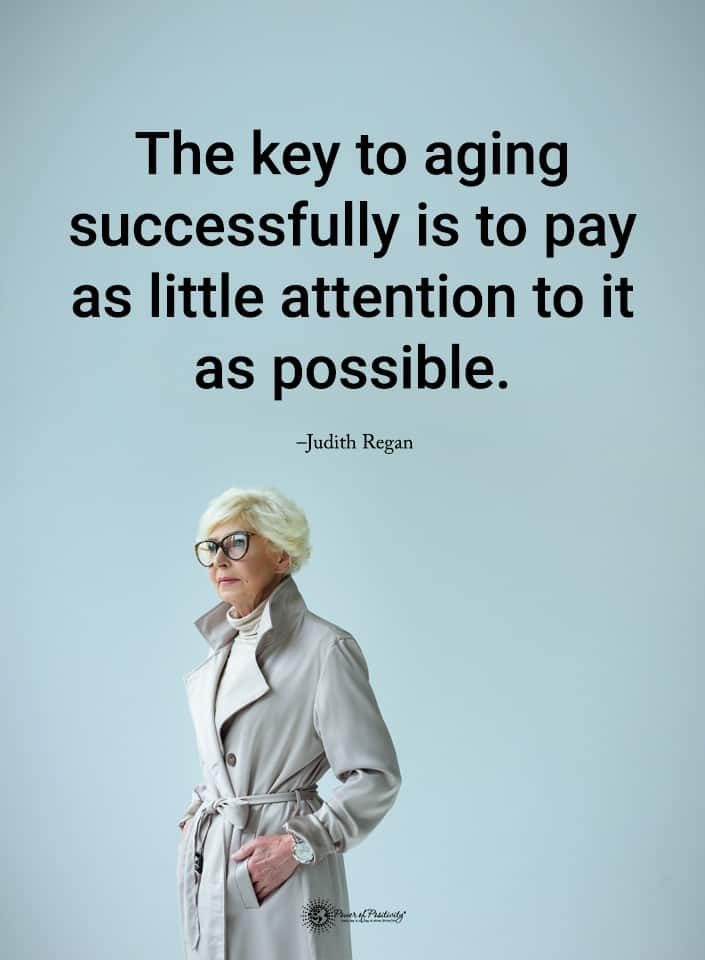Estrogen is one of two vital hormones in women (the other being progesterone). It turns out that this hormone is not only responsible for the normal functioning of a woman’s body, but also for proper mental functioning.
What is estrogen?
Estrogen is the primary hormone that helps a girl develop into an adult woman. This time is known as puberty. After this period of a woman’s life, estrogen helps regulate cholesterol levels, mood, and bone health, among other things.
This hormone is produced in the ovaries, the main estrogen source in a woman’s body. The adrenal glands near the top of the kidney also produce estrogen but in significantly lesser amounts. Estrogen moves through the body via blood circulation and is an acting agent in many body areas.
The female body produces three different types of estrogen hormone: (1) estradiol – the predominant type during childbearing years, (2) estriol – produced during different phases of pregnancy, and (3) estrone – the lone type of estrogen produced after menopause, or when menstrual cycles stop.
The timing of estrogen production is relative to a woman’s monthly menstrual cycle. Estrogen levels peak during the mid-cycle phase, which produces ovulation. Following the ovulation phase, estrogen levels decline sharply. Over the rest of the month, estrogen levels gradually increase and decrease.
Estrogen abnormalities
Medical professionals are clear about one thing: estrogen levels strongly affect a woman’s mood and emotional well-being. Indeed, women are more susceptible to depression and anxiety during their estrogen-producing years than both men and postmenopausal women. Certain mood-related conditions occur only in women during this phase, which increases the likelihood that a woman will experience emotion-related distress during this phase of their life.
Estrogen plays a role in a variety of medical conditions, including the following: Premenstrual Syndrome (PMS), Premenstrual Dysphoric Disorder (PMDD), Postpartum Depression, Perimenopausal Depression and Postmenopausal Depression.
Subsequently, a variety of symptoms can arise from abnormal levels of estrogen.
Here are 6 signs you have low estrogen levels (ways to increase them are also below):
Estrogen is an important hormone for women’s health. It affects a woman’s sexual and reproductive development. Your adrenal glands and fat cells create a small amount of estrogen, but your ovaries produce most of the estrogen in your body. So, what are the signs of low estrogen? Here is a list of warning signs that you may have low estrogen.
1. Hot flashes and/or night sweats
Hot flashes and night sweats are two signs of low estrogen. These uncomfortable symptoms make your skin feel like it’s on fire. Hot flashes may cause your face to look flushed. This occurs because the blood is rushing to the surface of your skin. A hot flash can be embarrassing, especially if you’re in public. People may misunderstand your flushed face for blushing.
Hot flashes at night are often called night sweats. Night sweats and hot flashes are very annoying. You may try dressing in layers to remove your sweater or jacket if you get a hot flash. You can also try drinking a glass of ice water to ease the discomfort when you’re having a hot flash. At night, dress in a lightweight nightgown and run an oscillating fan to stay calm.
2. Mood swings
Another symptom of low estrogen is mood swings. You may feel frustrated, anxious, and sad all within a few minutes. The shifting hormone levels can upset your sleep. So you’re feeling tired, which can make you feel even more moody and irritable. Try to cut yourself some slack if you’re feeling especially moody. Go for a walk, take a bath or read a book to relax. Avoid sugary or salty snacks that make you feel puffy and more irritable. Your mood will pass in time, so give yourself a little break in the meantime.
3. Dry skin
Dry, crepe paper-looking skin is a noticeable sign of low estrogen. It’s not harmful, but dry skin can be embarrassing if you’re wearing short sleeves. Apply petroleum jelly to your face, arms, legs, and neck at night. In the morning, your skin will look smoother and feel less dry. Low estrogen also makes your skin thinner. This makes you prone to bruising and discoloration. If you suspect you have low estrogen, talk with your gynecologist about it. They can prescribe hormone replacements to help raise your estrogen to a normal level.
4. Trouble sleeping
So many women experience insomnia because of low estrogen levels. You may fall asleep, wake up four hours later, and lay awake for hours after that. You may want to try an over-the-counter sleep medication. But some of these medications have unwanted side effects. Some women take melatonin, but researchers are still studying the long-term side effects of melatonin. Another natural alternative is taking a calcium magnesium supplement before you go to bed. These combined minerals are natural and will enhance your sleep. Try to avoid certain things that could contribute to your lack of sleep. Follow these sleep habits:
- Try to go to bed at the same to help your body get into routine.
- Avoid eating, or drinking too close to your bedtime.
- Stop using your computer, iPhone or television at least an hour before bedtime.
- Keep your bedroom dark and cool.
- Never exercise near bedtime.
- Don’t take a nap during the day.
- Don’t drink caffeinated drinks in the afternoon.
5. Infrequent or erratic menstrual cycles
Estrogen is the main hormone that controls your menstrual cycle. When your estrogen is low, it leads to irregular or missed periods. Low estrogen can also prevent ovulation, which leads to infertility and makes getting pregnant difficult. If you notice that your periods are irregular or miss periods a lot, you may be low in estrogen. Your gynecologist can order a blood test to check your hormone levels.
6. Decreased sexual desire
Low estrogen may be to blame for your decreased sexual desire. It also causes vaginal dryness, painful intercourse, and uncomfortable sex. If you notice a lag in your libido, you could have a hormonal dip in your estrogen levels. Talk with your gynecologist about your lack of sexual desire. They can do a blood test to check your hormone levels. If your estrogen is low, your doctor may prescribe estrogen replacement pills.
Estrogen-boosting foods:
You may want to naturally raise your estrogen levels by adding estrogen-boosting foods to your daily diet, such as
- Tofu: Tofu is made from soy milk. It’s naturally high in phytoestrogen. It can be sauteed, fried, steamed, and roasted. Add it to dishes for extra protein as well as estrogen.
- Flax seeds: Another phytoestrogen, flax seeds can be added to soups, salads, or smoothies.
- Tahini: Made from sesame seeds, tahini is deliciously drizzled on salads, on top of rice, or eaten simply as a dip for pita bread.
- Edamame: These delicious little soybeans make a great snack, all the while boosting your estrogen levels. Drizzle some olive oil and add a little salt for a healthy snack while you watch television.
- Hummus: Hummus is made of chickpeas and tahini. Both contain phytoestrogen. Hummus is a delicious dip for veggies or pita.
- Fresh garlic: Garlic is part of the onion family. It’s a great addition to any dish. It’s packed with isoflavonoids and phytoestrogen.
- Dried Fruit: Did you know dried apricots, dates, or prunes contain phytoestrogen? Dried apricots are especially high in phytoestrogen, so try eating them as a daily snack.
- Certain Grains: Flax, wheat, barley, rye, and oats are natural phytoestrogens. When you eat bread made from these whole grains, you get a boost of estrogen.
- Alfalfa sprouts: These little sprouts contain vitamins C and K. They are also high in phytoestrogen. You can put them on salads or in soups for an extra estrogen boost to your diet.
- Chocolate: That’s right. When you eat chocolate, you boost your estrogen level. Chocolate is a member of the catechins. This group includes tea, berries, and cocoa. This phytoestrogen also improves your mood and increases your circulation.
Here are 5 ways to increase estrogen levels:
Now that you recognize these symptoms, here are five ways to correct the hormone imbalance.
1. Reduce sugar intake
Consuming high amounts of sugar can result in estrogen (and other hormonal) imbalances. Simply opting for diet soda instead of regular can help balance hormonal levels. The ideal solution is changing to a diet with fewer simple carbohydrates and more whole grains.
2. Develop an exercise routine
Believe it or not, getting regular exercise can aid in correcting hormonal imbalances. Light to moderate exercise is healthy for hormone levels, and has been linked to decreased risk of developing breast cancer. For women with low body fat levels (e.g. athletes), it may be worthwhile to consult a doctor for alternative estrogen therapies.
3. Stop smoking
Well, there are already countless number of reasons not to smoke, but here’s another one. Smoking has been shown to suppress the endocrine system, which makes it more difficult to produce estrogen. How about going to the gym or heading out for a walk instead?
4. Drink coffee (yay!)
It has been shown that women who drink more than two cups of coffee per day may have more estrogen than those who do not. To help reap the benefits of java on your estrogen levels, here are a couple of tips: (1) drink coffee in moderation, no more than two cups, and (2) buy the organic variety to reduce the presence (if any) of pesticides or herbicides.
5. Get those “phytoestrogens”
Yes, this is an actual word…and may be the most powerful “cure” for low estrogen levels. Phytoestrogens are essentially substitutes for the actual estrogen hormone. As such, they are terrific for reducing the symptoms associated with menopause or low estrogen.
As an added benefit, consuming healthy foods are all one needs to get them. Here some foods high in phytoestrogens: flaxseed, fruits (apricots, cranberries, prunes), herbs (licorice, oregano, sage), legumes (pinto beans, peas), vegetables (broccoli, cauliflower), and whole grains.

















